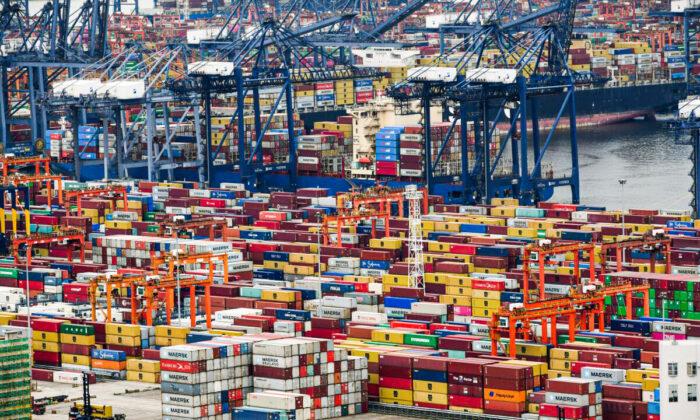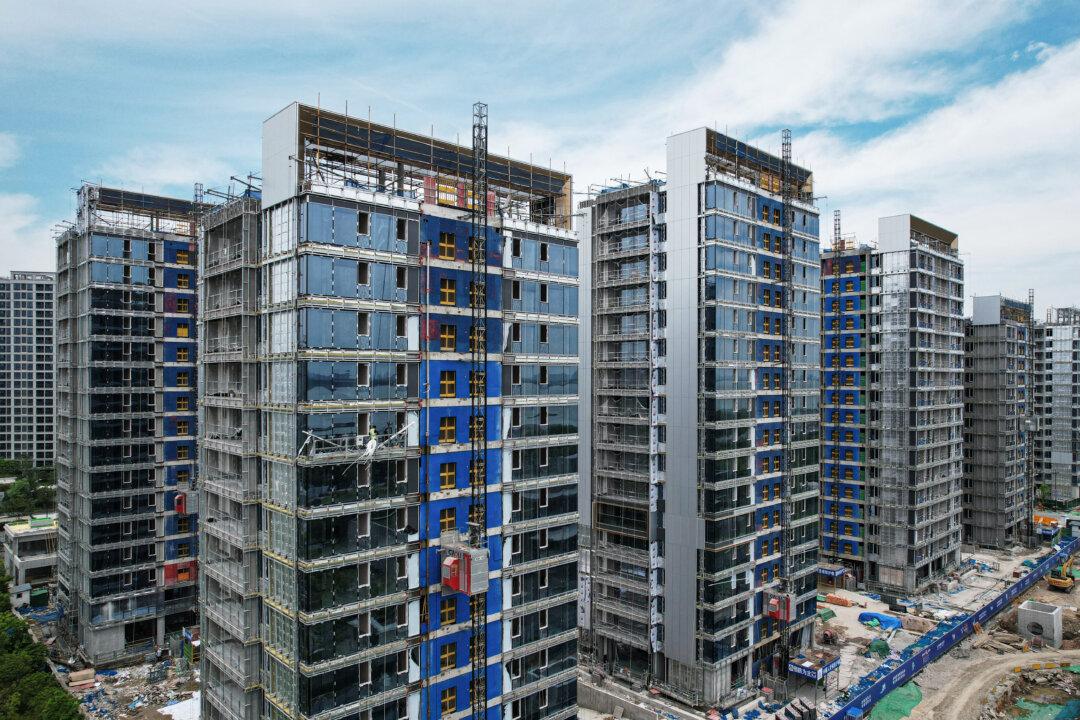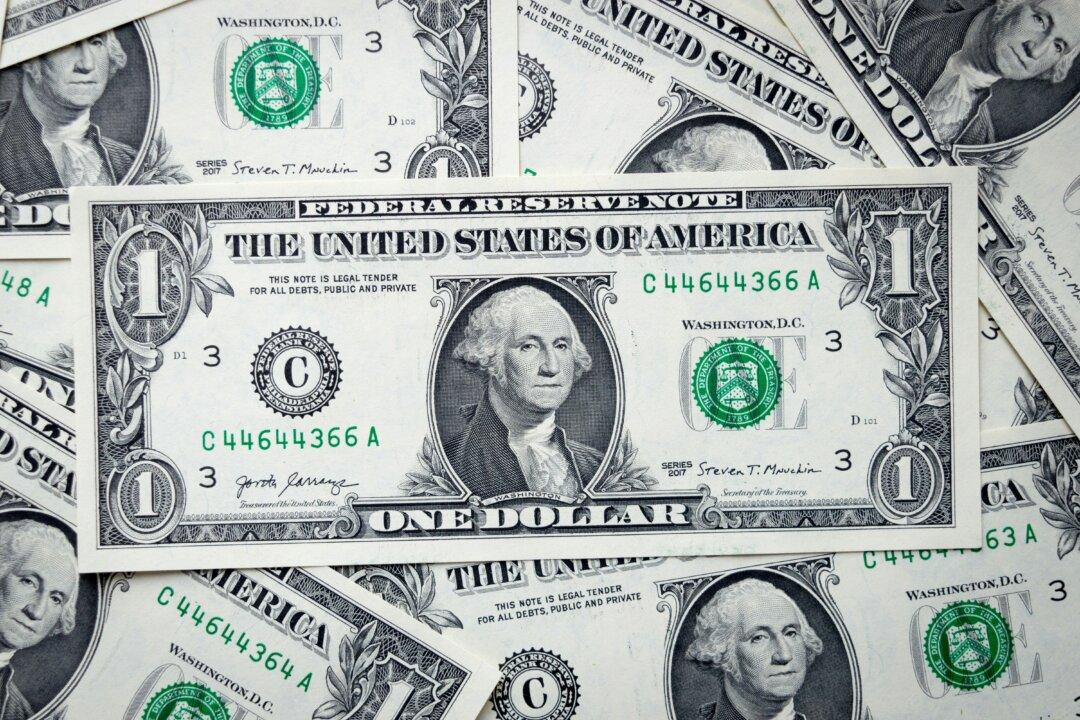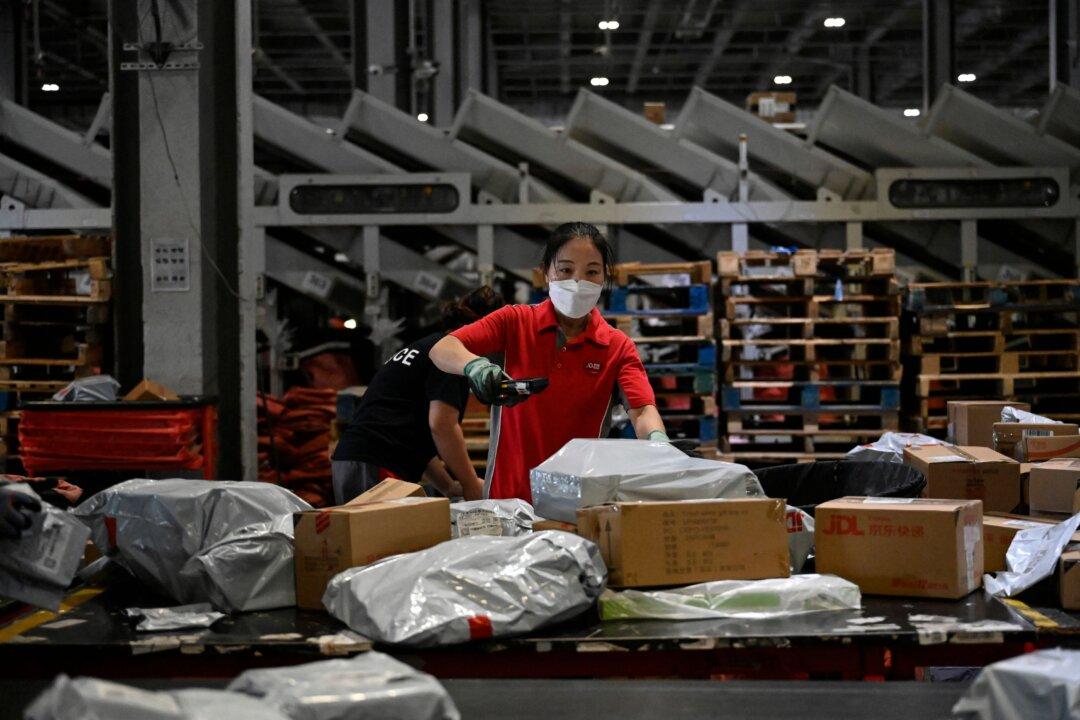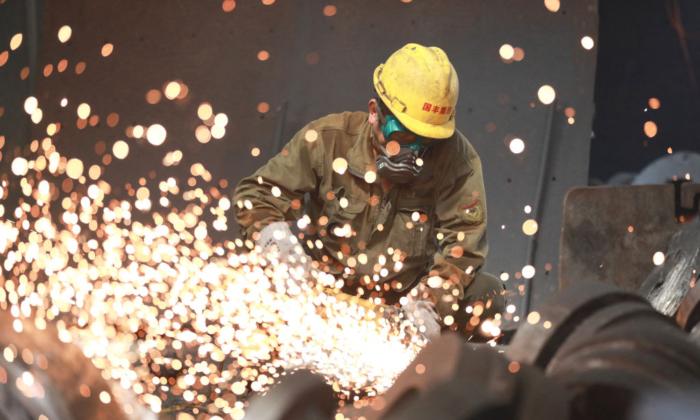As the world’s second-largest economy battled to restore demand and the pressures to deliver more direct policy assistance build on Beijing, China dipped into deflation for the first time in more than two years and factory-gate prices extended drops in July.
The Consumer Price Index (CPI), the main indicator for inflation, declined 0.3 percent in July, according to the National Bureau of Statistics, after remaining unchanged in June.
While it was modestly better than the 0.4 percent dip predicted in a recent Bloomberg survey, this was the first drop since the beginning of 2021 and will increase pressure on authorities to offer much-needed economic help.
Consumer prices, which last sank into negative territory in February 2021, have been on the cusp of deflation for months as an anticipated revival in consumer spending did not emerge, owing to the delayed lifting of pandemic restrictions at the beginning of the year.
The producer price index (PPI), fell for the tenth consecutive month, falling 4.4 percent, quicker than the predicted 4.1 percent drop.
Stagnant Demand
China’s post-pandemic recovery stalled following a strong start in the first quarter, as demand at home and abroad dropped and a flurry of stimulus initiatives failed to boost activity.Anxiety is also rising that China may enter a period of considerably sluggish economic growth, like Japan’s “lost decades,” when consumer prices and wages stagnated in stark contrast to the rapid inflation experienced elsewhere.
“For China, the divergence between manufacturing and services is increasingly apparent, meaning the economy will grow at two speeds in the rest of 2023, especially as the problem in real estate re-emerges,” said Gary Ng, Asia Pacific senior economist at Natixis, as reported by Reuters. “It also shows China’s slower-than-expected economic rebound is not strong enough to offset the weaker global demand and lift commodity prices.”
China is the first G20 economy to announce a year-on-year drop in consumer prices since Japan’s last negative headline CPI reading in August 2021, and the dip adds to key trading partners’ fears about the impact on business.
Deflation is defined as declining prices for products and services and is driven by a variety of variables, including decreased consumption.
While dropping prices could appear beneficial for Chinese consumers, whose spending accounts for 40 percent of the nation’s gross domestic product, they also pose a threat to the larger economy since consumers tend to postpone purchases in the anticipation of more price reductions.
A lack of demand compels enterprises to curtail production, freeze hiring, or lay off people, and agree to additional discounts to sell their stocks, reducing profits even when expenses stay constant.
Downplaying the Situation
While the Chinese government is concerned about stagnant domestic demand, and policymakers have attempted to project confidence in the economy since the reopening by lowering interest rates and offering tax breaks to businesses, they have been hesitant in providing direct financial assistance to households.In addition, a fresh downturn in the property market has dampened Chinese consumers’ appetite for consumption, as many households see apartment units as their primary store of wealth and are more sensitive to variations in home values.
China’s slide to deflation will likely fuel demands for more government stimulus while the ultimate challenges for Chinese policymakers will be to avoid a spiral in which a drop in prices leads to decreased output, lower salaries, and repressed demand.
Economists anticipate that China’s central bank may decrease interest rates further in the coming months, though many are uncertain that such actions will be enough to help ease deflationary pressures.
While the ruling Chinese Communist Party politburo said late last month that it would “actively expand domestic demand,” Chinese policymakers are downplaying the risks of deflation and are reluctant to concede that stalled growth will make it even harder to pull the economy out of its downward spiral.
For now, though, Beijing has set a consumer inflation target of around 3 percent this year, up from 2 percent in 2022, and a GDP growth target of 5 percent for 2023, the lowest in decades, which was initially viewed as cautious. But months of consistently weak data have fueled wider pessimism about the growth outlook.
